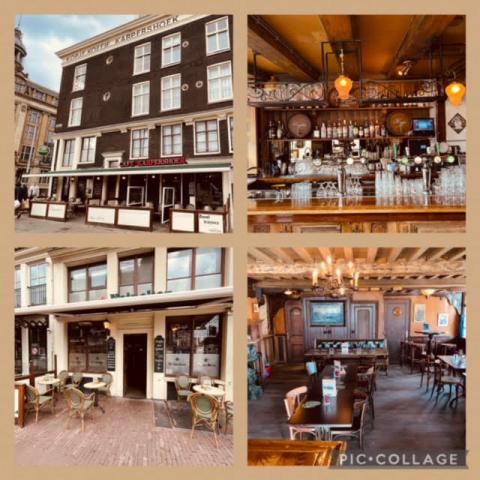History
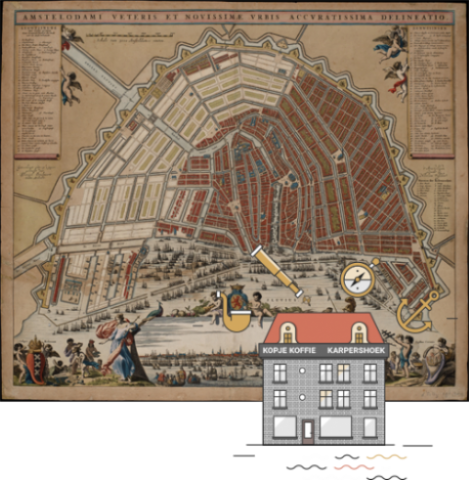
The premises of Café Karpershoek was built
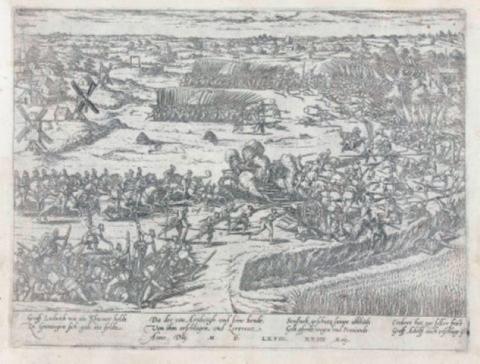
The Eighty Years' War is a fact
The Eighty Years' War, Rebellion or the Dutch Revolt was a struggle in the Netherlands that started in 1568 and ended in 1648, with an intermediate peace (the Twelve Year Truce) from 1609 to 1621. The war raged in one of the richest European regions, the Habsburg or Spanish Netherlands and directed against a world power: the Spanish Empire under king Philip II, sovereign of the Netherlands.
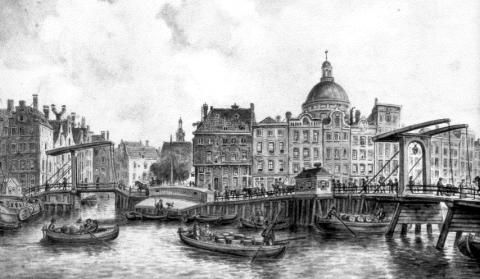
The first documented pub holder (Vrerick Gerritsen) begins selling beer
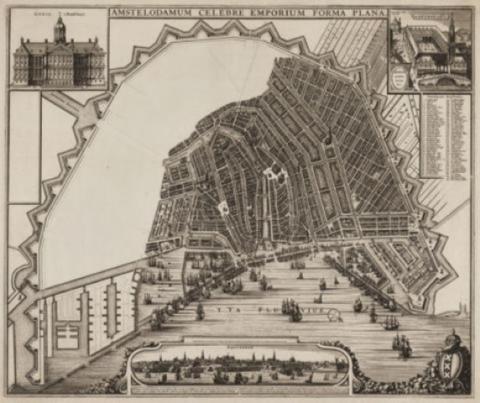
The start of the construction of the Amsterdam canal belt
Until the end of the 16th century, the city of Amsterdam consisted of the area within the Singel and the current Kloveniersburgwal. After the Alteration and the related governance change, the city expanded explosively. This led to the construction of Amsterdam in four stages between 1585 and 1665. In 1613, during the Twelve Years' Truce, they began with the excavation of the Herengracht, Keizersgracht and Prinsengracht and the sale of the raised plots.
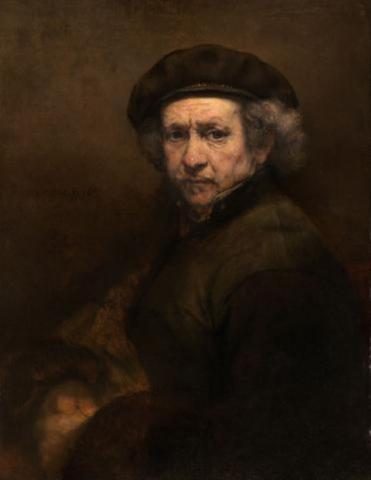
Rembrandt moved to Amsterdam
He moved to Amsterdam and signed up at the art dealer Hendrick van Uylenburgh, who started an academy which led to more paint jobs under his Mennonite clientele. Rembrandt produced more portraits in these four years than he ever would in the years that followed. In these four years he made some of his most famous portraits, including the ones of the playwrighter and poet Jan Harmensz, Krul and John Wtenbogaert.
In 1634 Rembrandt married Saskia van Uylenburgh, Hendricks niece; In the same year he was admitted to the painters' guild.
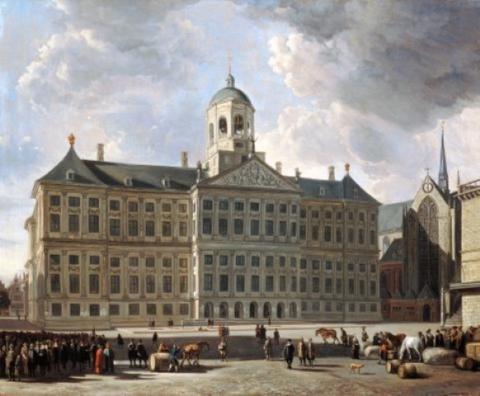
The Palace on Dam Square, former City Hall, was built
In 1648 they started the construction of the City Palace, former City Hall. The City Palace was commissioned in 1655 and completed in 1665. The building was an expression of the power and status of Amsterdam at the height of its Golden Age.
The inauguration took place on July 29, 1655: at half past eight in the morning a service was held in the Old and in the New Church. The guests had to travel to the new City hall. As they arrived, Cornelis de Graeff made an impressive speech. After the speech the mayors received a deputation of the Reformed Church. In the afternoon began a big banquet at the city’s expense.
Around 1680 the roof was finally placed. Since 1808 this building is officially used as the Royal Palace.
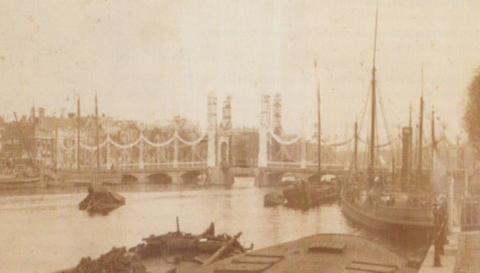
Skinny Bridge
The Magere Brug ("Skinny Bridge") is a bridge over the river Amstel in the city center of Amsterdam. It connects the banks of the river at Kerkstraat (Church Street), between Keizersgracht (Emperors' Canal) and Prinsengracht (Princes' Canal).
The central section of the Magere Brug is a bascule bridge made of white-painted wood. The present bridge was built in 1934. The first bridge at this site was built in 1691 as Kerkstraatbrug and had 13 arches. Because this bridge was very narrow, the locals called it magere brug, which literally means "skinny bridge". In 1871 the state of the bridge was so bad that it was demolished and replaced by a nine-arched wooden bridge. Fifty years later this bridge also needed to be replaced. Architect Piet Kramer made several designs for a steel and stone bridge, but the city decided to replace it with a new bridge that looked the same as the previous, only slightly bigger. In 1934 the bridge was demolished and replaced by a redesign made by Piet Kramer. The last major renovation was in 1969. Until 1994 the bridge was opened by hand, but now is opened automatically.
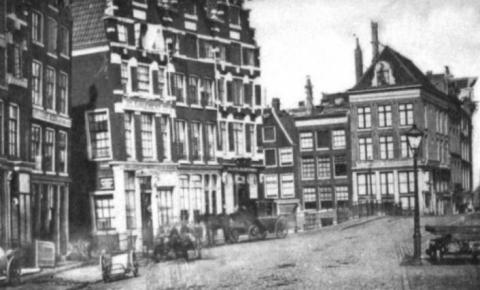
The Filarsky family becomes the owner of the café
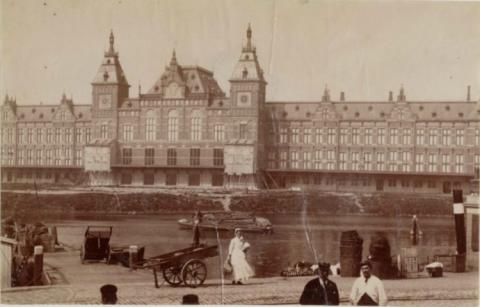
A. Erikson becomes the new owner of the café
Also Amsterdam Central Station will be opened this year. This would be the beginning of a great development for the sale of coffee in the cafe.
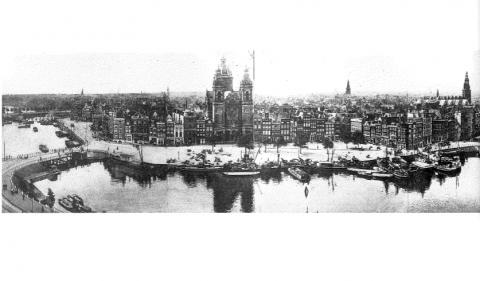
The Oostrop family becomes the new owner of the café
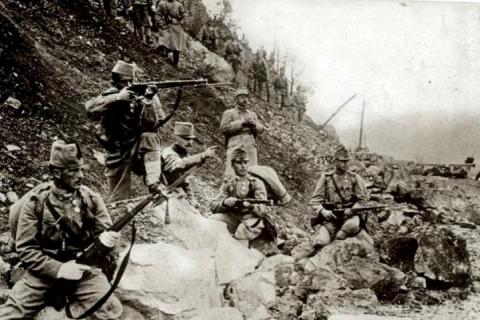
World War I is a fact
The First World War, also known as the Great War, was a world war that started on July 28, 1914 and ended on November 11, 1918. November 11 is also known as the Armistice Day. Some historians see the increasing popularity of militarism and radical nationalism in Europe as the cause. These movements criticized their governments passivity under external threats and by doing so, encouraged the selling of weapons in 1912 and 1913.
Other historians put the blame on imperialism, the economic problems and the restless territorial expansion of the world powers. Exceptionally are the analyses that show the war as an initiative of the ruling class in order to curb the socialist revolution of the proletariat.
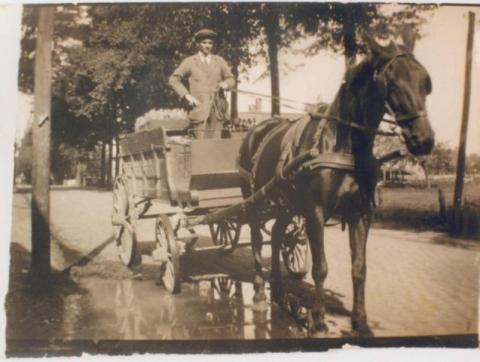
No electric cooling
In the twenties of the pervious century there was no electric cooling. Huge Heineken ice blocks were brought to the café’s every day by horse and carriage.
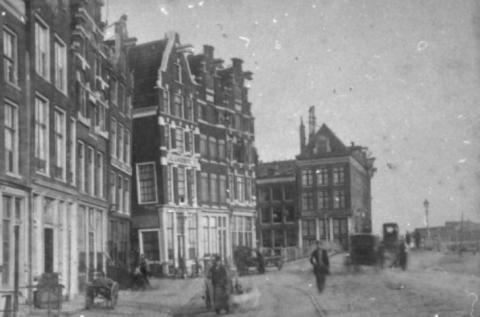
The Korpershoek family becomes the new owner of the café and changes its name to the Korpershoek Café
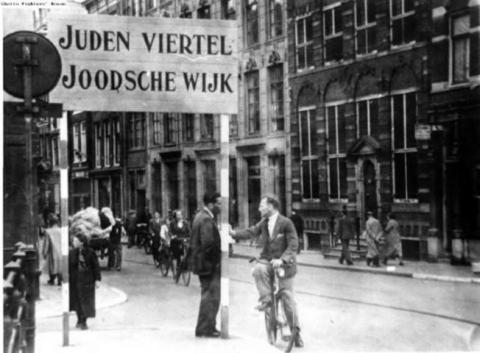
The Second World War is a fact
The Second World War was the amalgamation of a number of initially separate military conflicts that were fought on a global scale from 1939 - 1945 between two alliances: the Axis and the Allies.
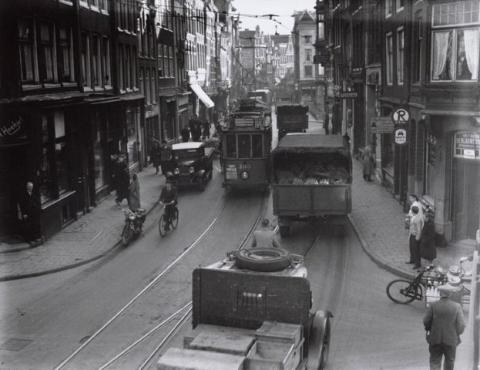
Rebuild
During a renovation old Russian coins and newspapers were found behind the ceiling.
Also antique tiles were found in the basement. Connoisseurs estimated that these tiles are more than 300 years old.
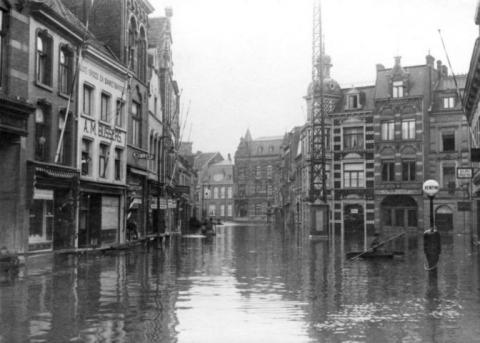
The North Sea Flood
The 1953 North Sea flood (Dutch: Watersnoodramp, literally "water emergency disaster") was a major flood caused by a heavy storm that occurred on the night of Saturday, 31 January 1953 and morning of Sunday, 1 February 1953. The floods struck the Netherlands, Belgium, England and Scotland.
A combination of a high spring tide and a severe European windstorm over the North Sea caused a storm tide; the combination of wind, high tide, and low pressure led to a water level of more than 5.6 metres (18.4 ft) above mean sea level in some locations. The flood and waves overwhelmed sea defences and caused extensive flooding. The Netherlands, a country with 20% of its territory below mean sea level and 50% less than 1 metre (3.3 ft) above sea level and which relies heavily on sea defences, was worst affected, recording 1,836 deaths and widespread property damage. Most of the casualties occurred in the southern province of Zeeland.
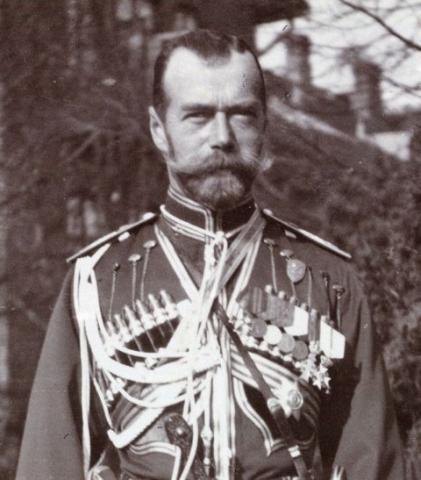
Secret discovery
In a secret compartment behind the bar, an old bottle of vodka with the imperial eagle seal of Nicholas the Second was found.
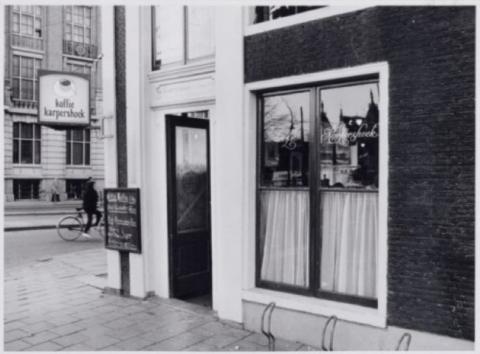
The sale of The Korpershoek Café
Due to high renovation costs, Anton Korpershoek was forced to sell his café. Gerard Böschen became the new owner of the café and was forced to change the name into Café Karpershoek, due to the fear of legal prosecution.
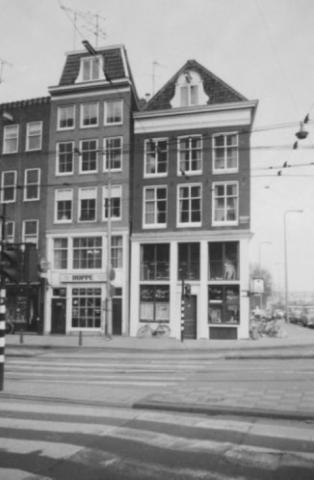
Fred Ohm becomes the new owner of the café
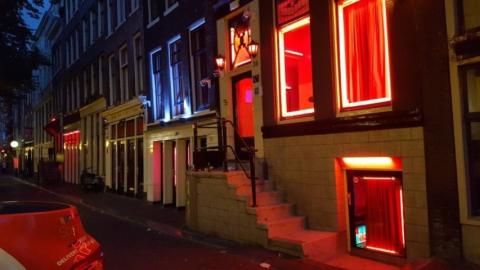
Prostitution legalized in Amsterdam
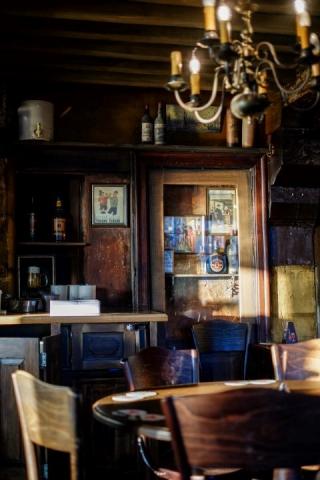
The new owners of the café are bringing the Karpershoek back to its historical state.
